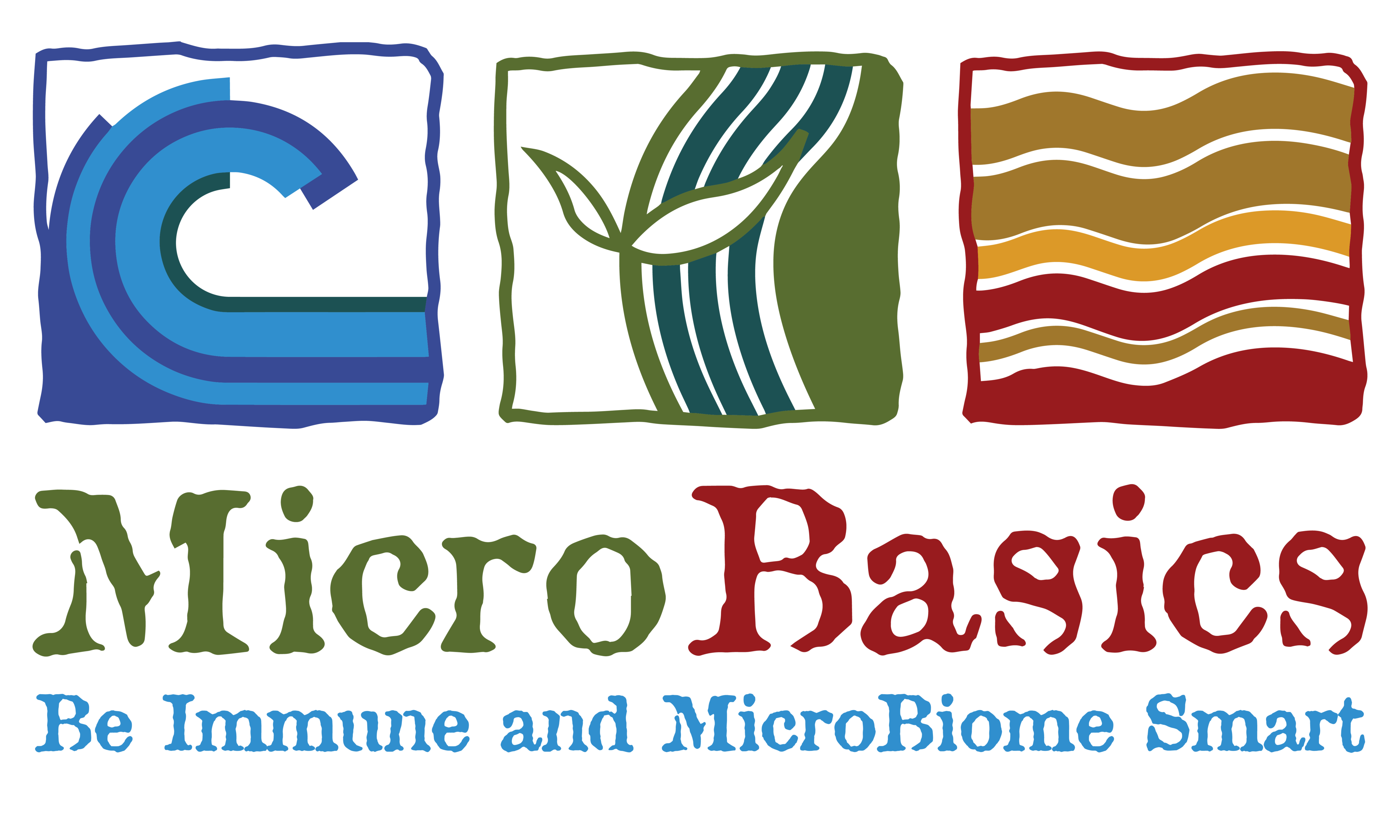
Exploring Uterine Disease
It was once thought that the uterus was sterile. New technologies in 16S rRNA sequencing have shown us otherwise. It is not that the uterus was sterile, but that many of the microbes therein are anaerobic and cannot be cultured.
16S rRNA sequencing has made it possible to find and identify many species never recognized before and to discover microbial interactions associated with metritis. Understanding microbial interactions, immunosuppression, and disease establishment helps us to choose which natural feed supplements (Probiotics/Prebiotics/Postbiotics) will be most effective when it comes to creating therapies to prevent and treat uterine disease in dairy cattle.
Microbial Interactions
A study published in the Journal of Dairy Science showed that the post-calving uterine microbiome is established within 20 minutes of calving. Initially the microbiome structure was not different between cows that later developed uterine disease and those that stayed healthy. The change in bacterial composition for those that developed metritis happened 2 days postpartum. At this time those cows that developed metritis showed a greater abundance of Bacteroidetes and Fusobacteria. This dysbiosis resulted in a decrease in bacterial diversity and an increase of those pathogenic organisms mentioned previously.
Contamination
All cows have all the uterine pathogens; however, cows that remain healthy are better able to prevent the shift toward greater abundance of Fusobacteria and Bacteroidetes. What causes that shift to happen in the first place?
Bacteria from the environment can enter the uterus during calving, this is a logical cause to contamination that could cause uterine disease. However, it is possible that the pathogenic bacteria could already be in the uterus before calving if it was transported through the animal’s blood.
Be it either route of entrance, E. coli has been found to have a synergism with other pathogenic strains that cause metritis and endometritis. It is thought that E. coli is a pioneer pathogen that sets up the environment to be favorable to the main pathogens associated with the development of uterine disease.
Treatment and Prevention
It is always very important to discuss treatment and prevention of uterine disease with your veterinarian. They can give you the best guidance when it comes to creating management plans for your farm and when prescribing any antimicrobial therapies that may be needed.
At this point it is unclear what factors have the greatest contribution to the dysbiosis that leads to uterine disease. Major risk factors that are likely to put the animal at risk for uterine disease are parity, dystocia, twins, stillbirth, retained placenta, and metabolic stress.
Although pathogenic bacteria could already be in the uterus or arrive shortly after calving via the bloodstream, contamination from the environment through the vagina is possible. Implementing management strategies that result in a clean environment, animal hygiene, and low stress handing of the animal may help prevent infections.
Although we still have much to learn, increased understanding of uterine dysbiosis allows us to make educated decisions on which natural feed additives we would like to choose to prevent infection and dysbiosis. Because E. coli seems to be a big offender in setting the stage for both metritis and endometritis, it would be wise to include feed products that impede the colonization of the pathogen, as well as support immune and cellular function.
Here are some feed additives that may prove helpful in the combat of uterine disease.
1. Bacillus subtilis probiotics are a great way to out-compete E. coli in the small intestine and prevent internal transport from the gut to the uterus.
2. Mannan-Oligosaccharides (MOS) works by binding to pathogenic bacteria such as E. coli and Salmonella. Once bound to MOS the pathogen cannot attach to the intestinal lining.
3. Select plant and fungi extracts can inhibit the growth of E. coli and other pathogenic bacteria by exerting bacteriostatic can anti-inflammatory effects.
4. Select mushroom extracts may help reduce pain, inflammation, and improve hormone regulation related to uterine health.
If you are looking for a natural feed product that will improve pathogen control, immune function, and cellular performance, look no further! Find Surveillance iL in the MicroBasics online store. For bulk orders or other questions please email us at service@microbasics.com.
Written by: Mariah Gull, M.S.
